Drumstick Seeds (Moringa oleifera)
Drumstick Seeds, Growing Drumstick (Moringa oleifera) is highly rewarding due to its fast growth and multipurpose use. With the right care—plenty of sunlight, proper watering, and occasional fertilizing—this resilient tree will provide nutritious leaves and pods. Its ease of cultivation makes it a great addition to any garden, especially in warmer climates.
- Estimated Delivery : Up to 3 business days
- Free Shipping & Returns : On all orders over ₹550 in Bangalore
Drumstick Seeds, Drumstick, also known as Moringa, is a fast-growing tree famous for its edible pods and leaves, which are highly nutritious.
1. Seed Selection
• Select mature, dry seeds from a healthy Moringa tree.
• Opt for varieties that are suitable for your climate, as some may be more heat- or drought-tolerant.
2. Planting Time
• Plant seeds during the warmer months, as Moringa thrives in temperatures between 77-95°F (25-35°C).
• In tropical and subtropical regions, you can plant year-round. In cooler climates, plant after the danger of frost has passed.
3. Soil Preparation
• Moringa grows best in well-draining, sandy or loamy soil.
• A slightly acidic to neutral soil pH of 6.5-7.5 is ideal.
• Avoid waterlogged soils, as Moringa roots are prone to rot.
4. Seed Sowing
• Sow seeds 1 inch deep in the soil, spaced 3-5 feet apart.
• If planting in pots, use a large container to accommodate the fast-growing roots.
• Lightly water the soil after planting to ensure good seed-to-soil contact.
5. Germination
• Seeds will germinate in 5-12 days at optimal temperatures between 70-90°F (21-32°C).
• Keep the soil moist but not waterlogged during germination.
6. Watering and Care
• Water young plants regularly until they are well established, then reduce watering to once or twice a week.
• Mulch around the base of the plant to retain moisture and regulate soil temperature.
• Prune the tree to encourage bushier growth and more leaf production.
7. Fertilizing
• Moringa typically grows well without heavy fertilization, but applying compost or a balanced fertilizer (NPK 10-10-10) can boost growth.
• Fertilize lightly every 3-4 months during the growing season.
8. Pests and Diseases
• Watch for pests like aphids and caterpillars.
• Use neem oil or insecticidal soap to manage infestations.
• Moringa is generally disease-resistant but can suffer from root rot if overwatered.
9. Harvesting
• Harvest drumstick pods when they are young and tender, usually 6-8 months after planting.
• Leaves can be harvested as needed throughout the year, starting 3-6 months after planting.
10. Seed Saving
• Allow some pods to mature and dry on the tree for seed collection.
• Once the pods turn brown and dry, harvest them and extract the seeds.
• Store seeds in a cool, dry place for future planting.
Conclusion
Drumstick Seeds, Growing Drumstick (Moringa oleifera) is highly rewarding due to its fast growth and multipurpose use. With the right care—plenty of sunlight, proper watering, and occasional fertilizing—this resilient tree will provide nutritious leaves and pods. Its ease of cultivation makes it a great addition to any garden, especially in warmer climates.


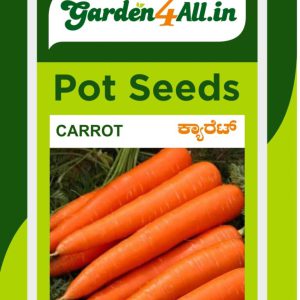
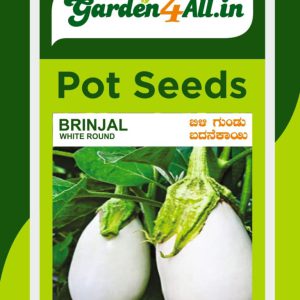
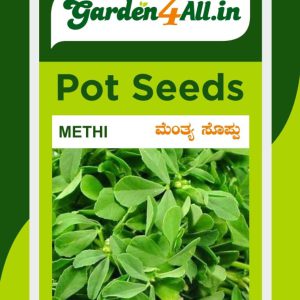
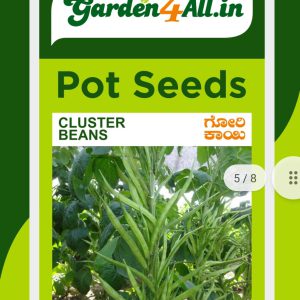
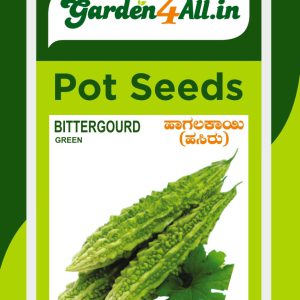

Reviews
There are no reviews yet.